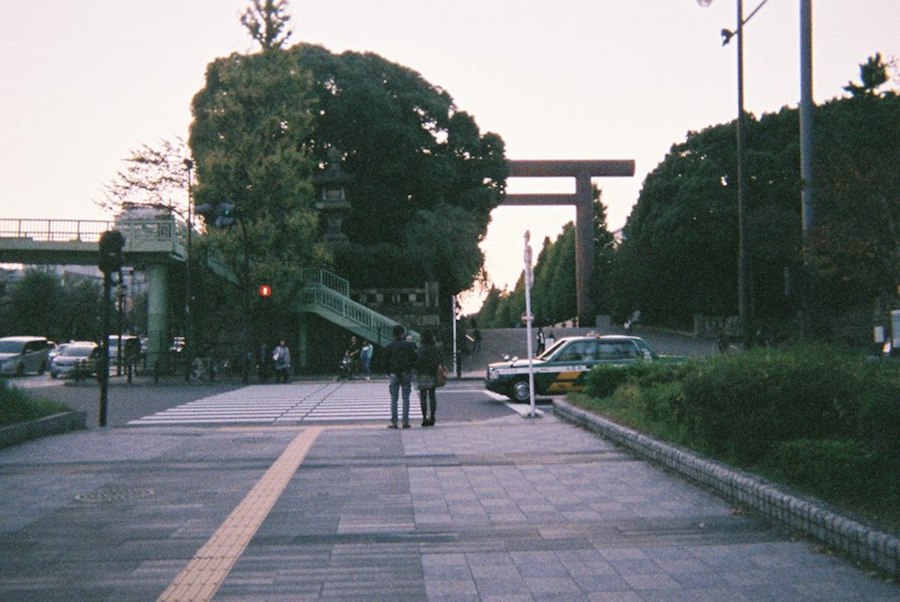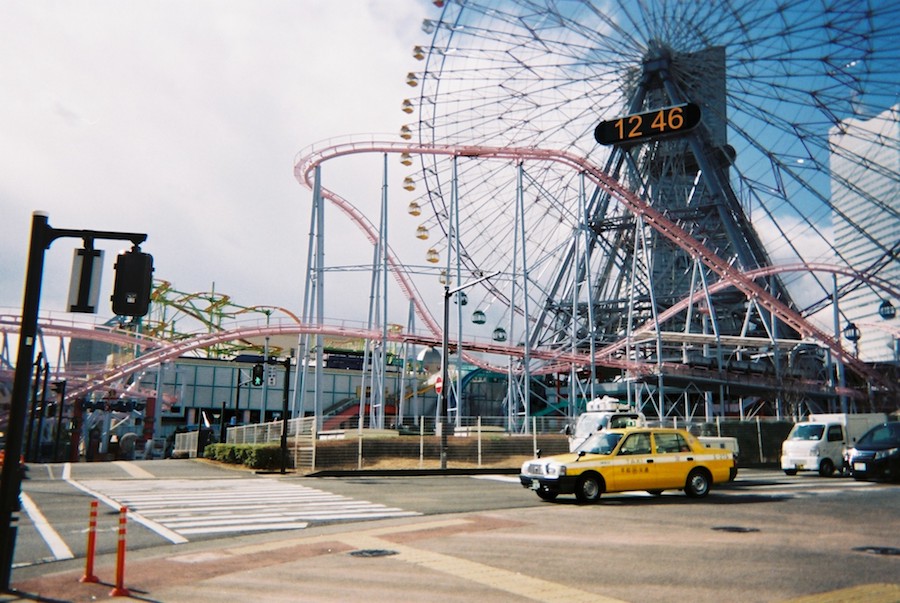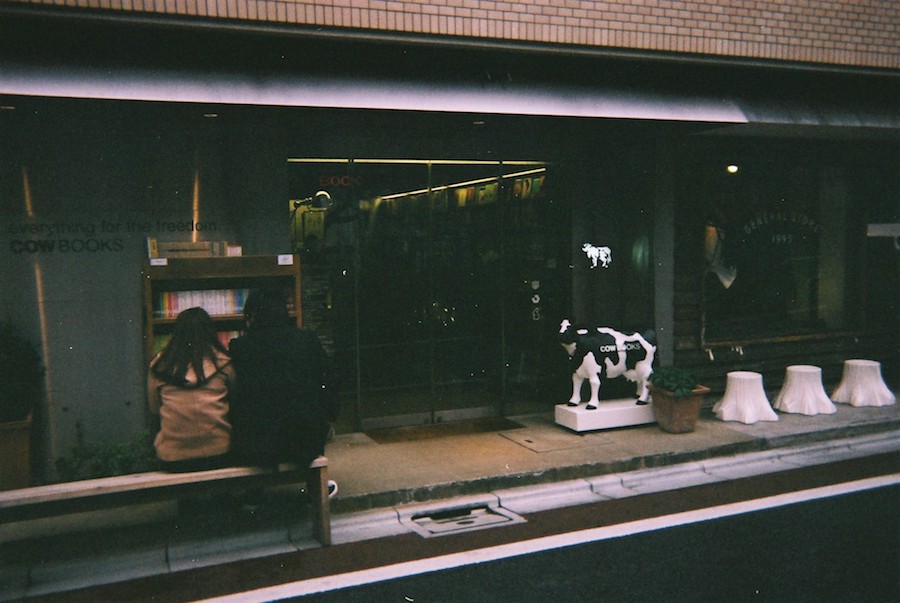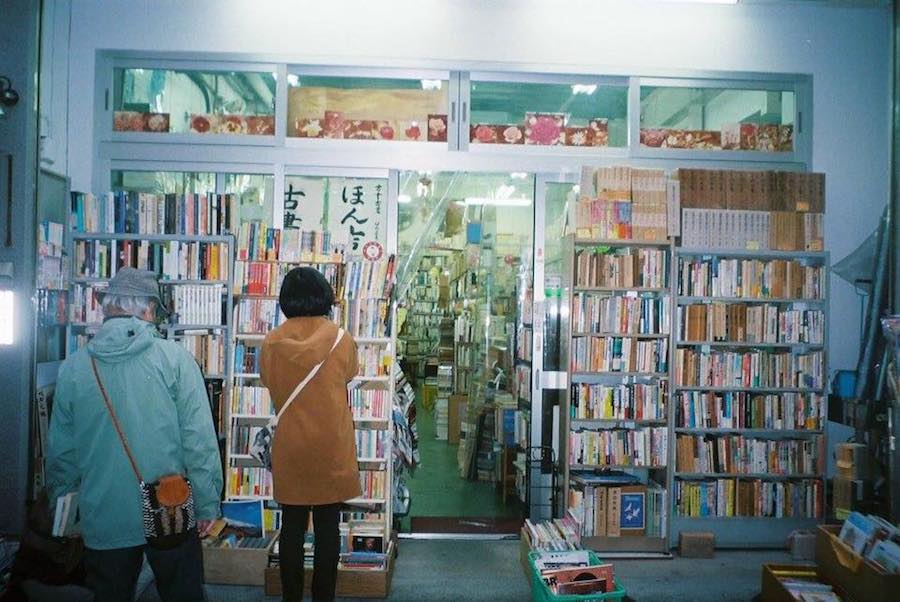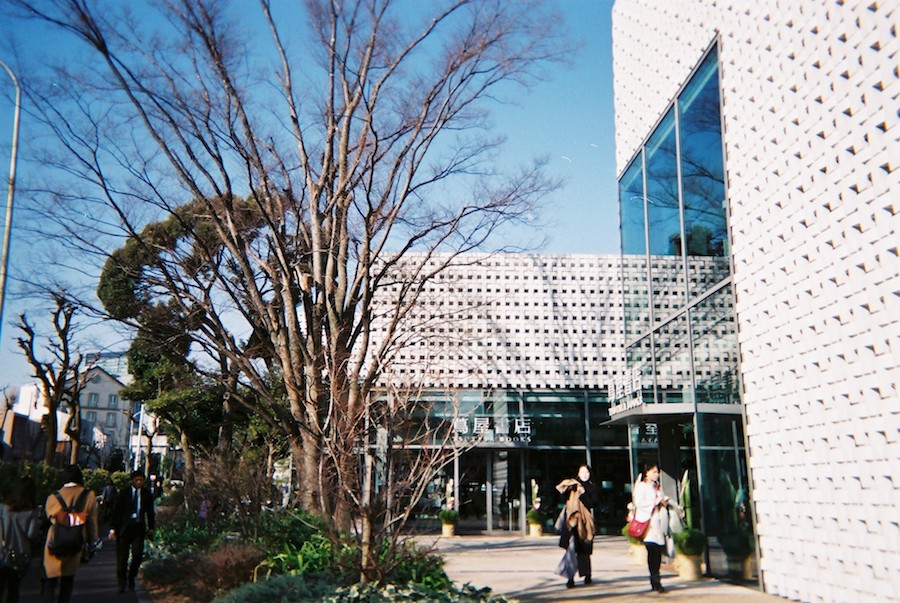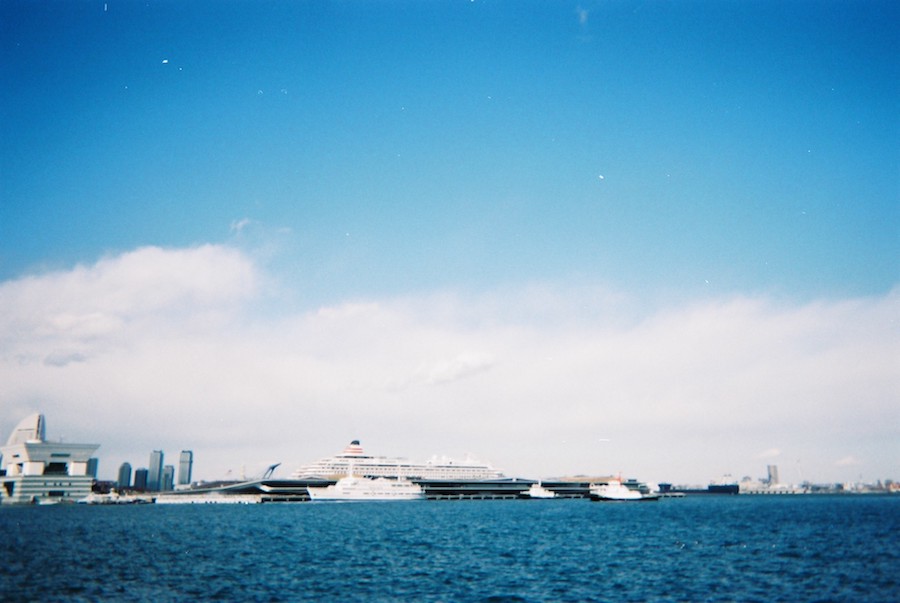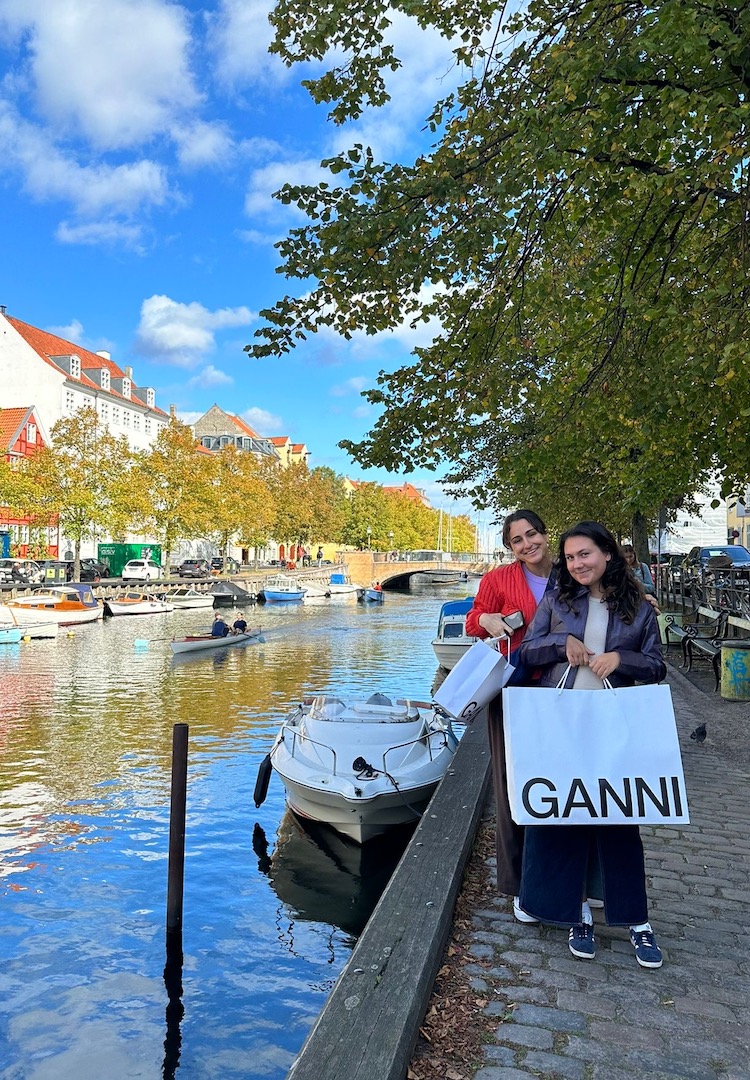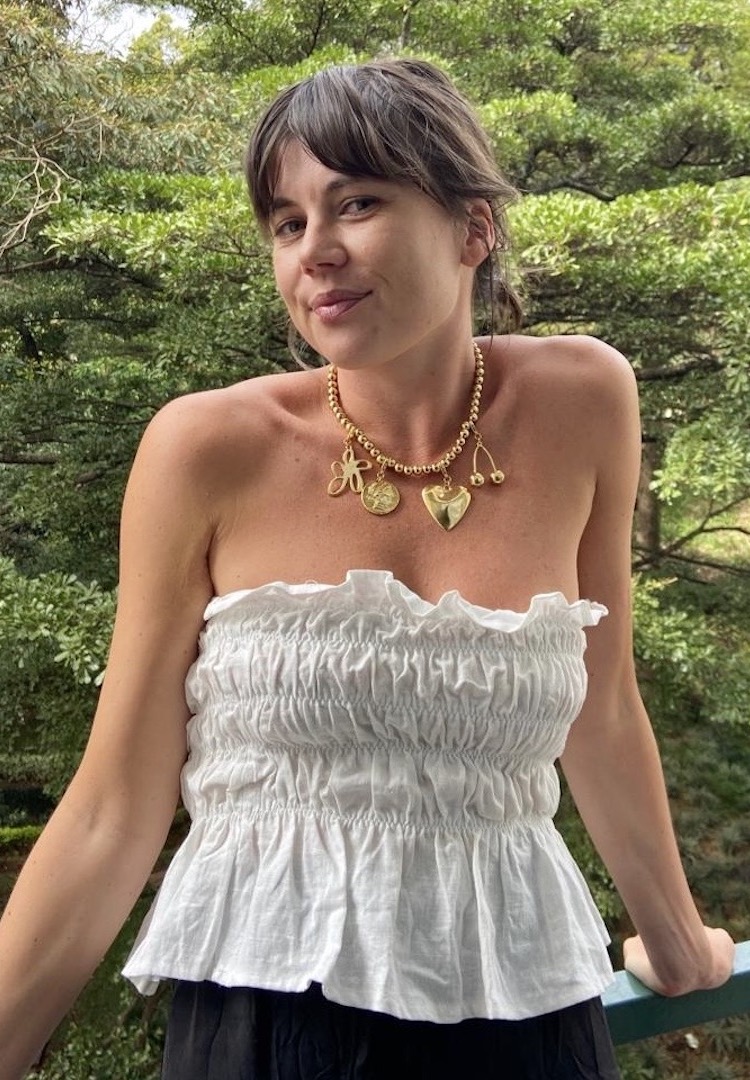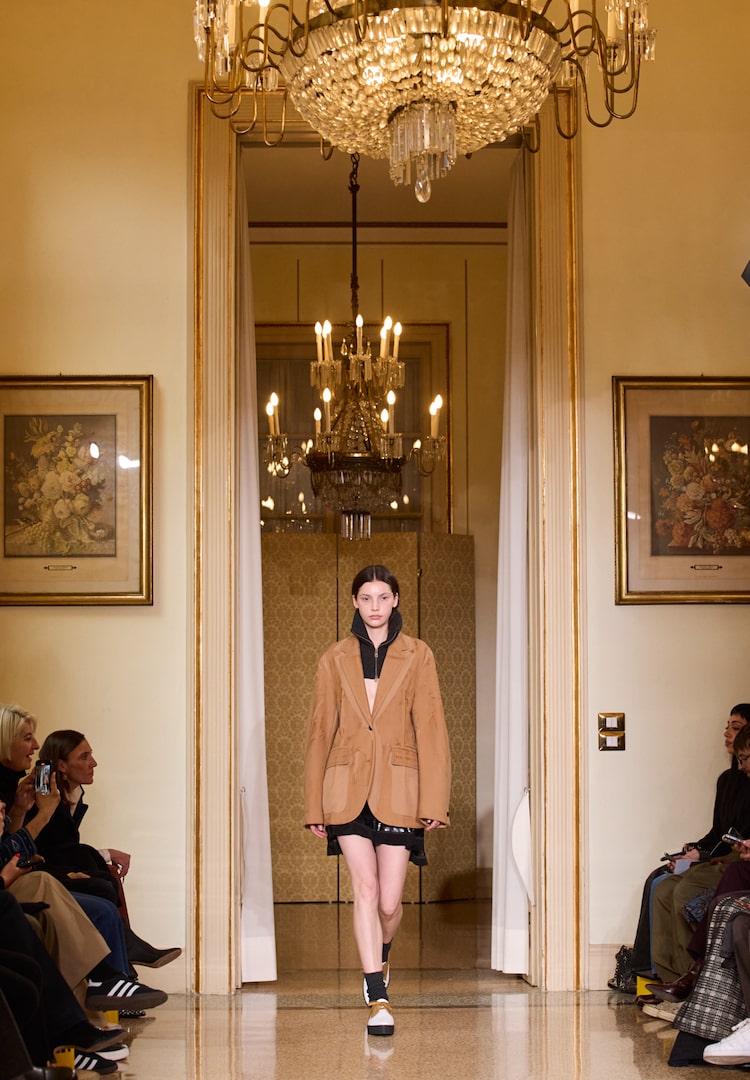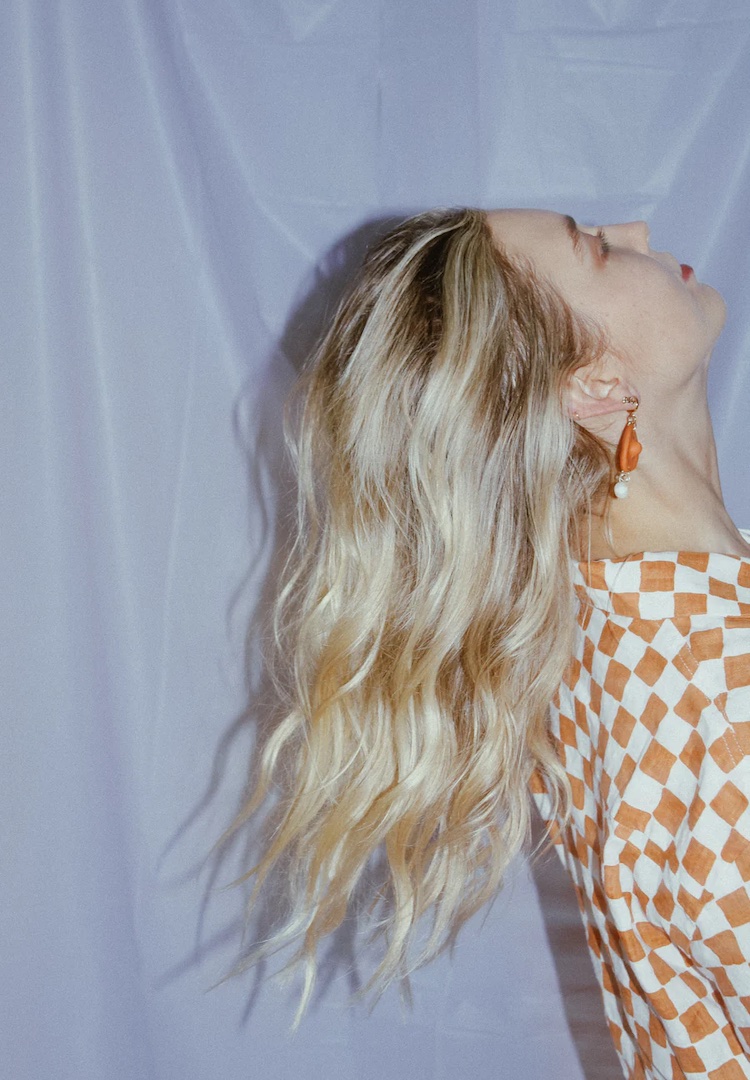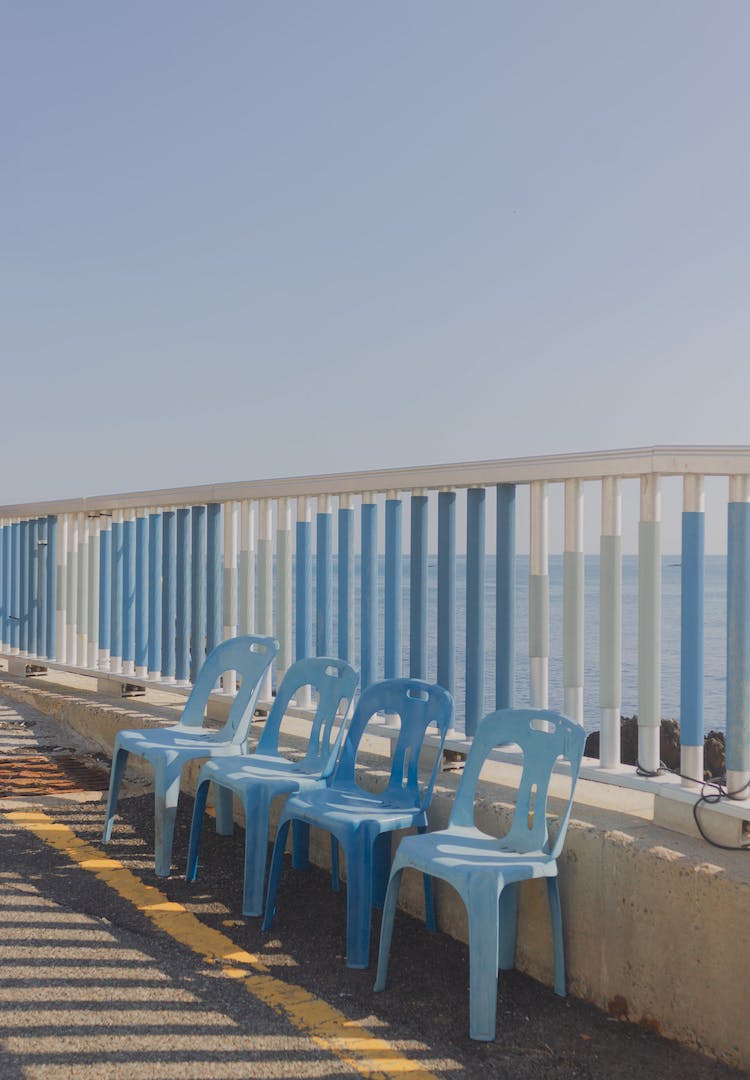A guide to the best corners of Tokyo that aren’t Shibuya and Shinjuku
There’s so much you’re missing out on.
Thanks to super cheap flights, its promises of killer fashion and shopping opportunities, fascinating cultural experiences and even better food, Japan is a must visit destination.
But planning or even thinking about visiting Tokyo can seem overwhelming. There’s so much to eat, see, drink, buy, experience and such little time.
There’s the iconic Shibuya crossing, the futuristic illuminated streets of Shinjuku at night and of course, the pastel pink kawaii central of the world, Harajuku.
It’s great, please, do go and do all that. But Tokyo also has so much more on offer. Here’s a guide to a few corners of the city you can’t miss, from someone who lives in there.
Shimokitazawa: The vintage mecca
Quickly gaining a lot of attention from foreign visitors in the know, Shimokitazawa (Shimokita for the locals) is potentially the coolest corner of Tokyo.
Thanks to its reasonably affordable attitude and its proximity to Shibuya – five minutes on the train – Shimokita has become the laid-back, forward-thinking residency of a lot. Burgeoning independent fashion labels, contemporary theatres, live music venues and very cool boutiques all call Shimokita home. It also houses coffee haunts that could rival anything cafe capitals Surry Hills or Fitzroy have to offer.
Arguably though, the suburb’s specialty is vintage clothing. Originally Shimokita was an old farming village, so the age demographic of the area seems to be over 80 or under 30, which makes it an excellent melting pot of cultural history and progressive culture.
Vintage shopping here is a competitive sport. Many places offer special deals such as anything for ‘700 yen’ (basically the equivalent of $8). With prices like that, budgeting isn’t really required so if you’ve got the time, patience and the suitcase space, pop over.
Nakameguro: The Instagram star
Nakameguro looks, at times, like a town designed by social media influencers to specifically provide Instagram #content. It’s where high-end contemporary fashion and super hip retro appeal collide.
If sightseeing is on your itinerary, during cherry blossom season, the photogenic main artery of the suburb, the Meguro River, is roofed with stunning pink blossoms. In winter, the illuminations (popular fancy way Japanese people refer to pretty lights) adorn the tree branches in the blossoms’ absence.
When it comes to shopping and dining, Nakameguro also shines. It tends to lean more on the ritzy side of things, featuring meticulously-designed, minimalist hair salons, artisanal coffee houses (recommended visit: Sidewalk Stand Coffee) and upmarket clothing boutiques. Don’t be afraid, however, to duck into the dense and narrow backstreets of Nakameguro. It’s here you’ll uncover what makes Nakameguro so special, its hidden independent boutiques and vintage shops.
If the weather is kind, make the 10-minute walk to the neighbouring suburb of Daikanyama. It’s home to Tsutaya’s multilevel T-Site, one of the world’s best bookstores.
Jinbōchō: Tokyo’s most endearing suburb
After spending some time here, you’ll realise that Japan loves books. So much so, in fact, that supposedly the country produces more manga paper than toilet paper.
Jinbōchō, sometimes-called ‘Jimbocho’, is Tokyo’s ‘book town’. It’s also potentially the cutest and most endearing corner of Japan you’ll ever discover. Featuring over 170 stores mainly crammed on the south side of Yasukuni-Dori (to prevent sun damage to the books that line the streets), Jinbōchō is one of the largest secondhand book markets in the world.
Design books, vintage fashion magazines, out-of-print novels, first editions… no matter your taste, you’ll find enough books to max out your luggage limit in this literary labyrinth.
Yokohama: Tokyo’s sometimes forgotten south-side sister
This one may seem like a weird addition, given it’s technically a separate city altogether. But the bay city of Yokohama, Tokyo’s forgotten south side sister, is definitely worth an afternoon trip.
Just a tidy little 20-minute train ride from Shibuya station on the Tokyu Toyoko line, Yokohama is the second biggest city in Japan.
For high end and boutique shopping, visit the Motomachi shopping strip which, like Melbourne’s Chapel Street, provides an endless stream of glam-people and designer-pet-watching opportunities. Once you’re done fancy-people watching, head over to Japan’s biggest Chinatown ‘Chukagai’ to overdose on dumplings, strange sweets and Peking duck for less than $15.
Overflowing with jazz clubs, European architecture, strange museums (including two separate museums dedicated to ramen: the Shin Yokohama ramen and the Nissin Cup Noodle Museum) and Insta-worthy bayside scenery of Minato Mirai, Yokohama has a distinctly relaxed attitude. The perfect antidote to the at times overwhelming Tokyo buzz.




